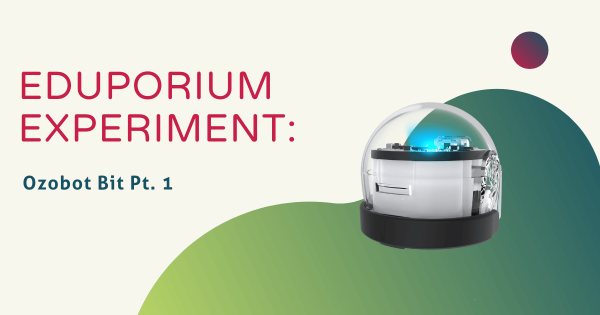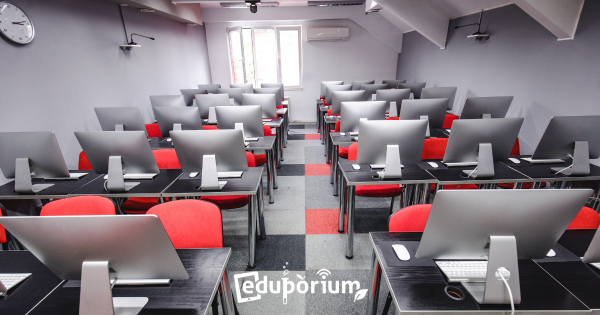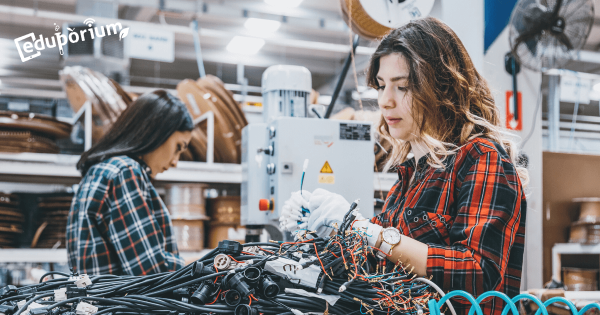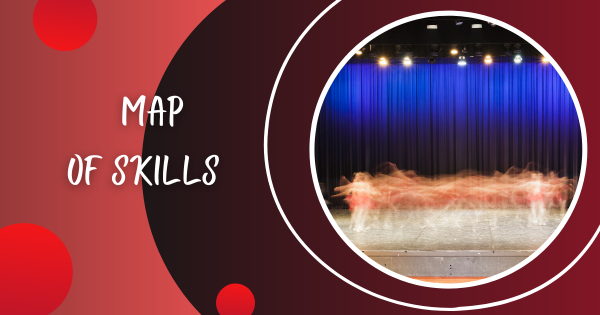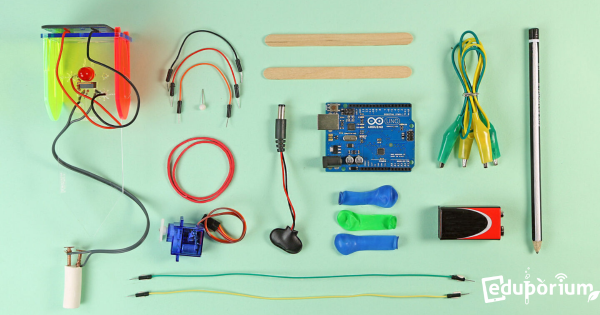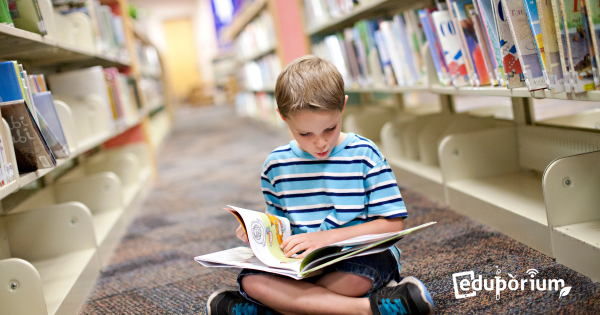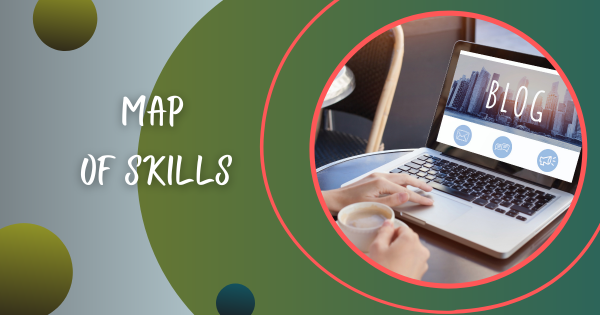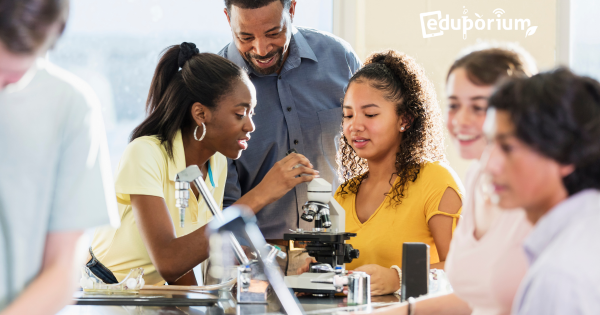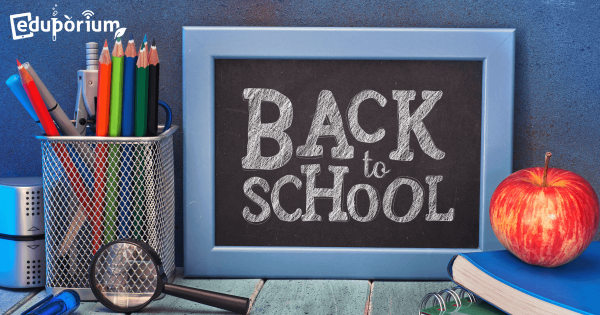As you might have guessed, I was surprised when I learned that its Ozoblockly software could actually command this tiny bot to execute a bunch of different actions on the spot—all the way from swerving to spinning and responding to color-coded cues! Learn how the original Ozobot model set the tone for coding instruction.
STEAM
A broadened area branching out from STEM education, STEAM typically refers more to the creative side of things. STEM stands for Science, Technology, Engineering, and Math, which also happen to encompass some of the most prominent careers today. If we add an 'A' to make it STEAM, however, now we're incorporating art as well. Though not super closely related to science and technology on the surface, the arts may seem to be a strange element to add into STEM learning. With more opportunities to be creative, however, students can develop many of the key skills they'd need for success in a STEM career. STEAM learning encompasses many different areas—from artistic projects or makerspace endeavors to creatively solving problems. As kids try new, hands-on experiences, they also have more chances to activate inquiry and curiosity. And, these are two key drivers of learning and discovery.
Essentially, moving from STEM to STEAM involves adding extra creativity and opportunities for artistic freedom and exploration. Oftentimes, children will leverage various technologies in STEM or MakerEd projects but they can do even more. Tapping into the STEAM side of things, this gives them a chance to learn how thought-provoking questions and unique design elements can also come into play during their problem-solving processes. Educators could still encourage students to question things and connect problems to solutions—albeit with a more artistic lens. In STEAM projects, children often get to incorporate personalized details that illustrate some of their passions. And, while this self-expression is also important, it's how they authenticate these projects to the next degree that's truly valuable. Browse our STEAM content below for more insights and check out our store for all the tools you'll need.
-
The New York City Mayor’s Plan To Better Lives Using EdTech
Mayor de Blasio stated that, in an effort to ensure that every child has the opportunity to develop skills needed not only to succeed in the workforce of the future, but even to enter and succeed within New York City’s rapidly growing technology sector, every school in the city will be required to offer computer science courses to students—regardless of -
Eduporium Weekly | Create Your Own Creativity
Technology in the classroom allows creativity to flow, but can we actually teach kids to instinctively be creative? Is there a final exam teachers can give to determine their creative levels? In order to be as creative as possible, everyone, including students, needs to be open to new experiences and methods of carrying out old ones. -
Map of Skills | Managing a Modern-day Performance
“The role of a stage manager is an important and, at times, hectic one. They’re responsible for determining when the lights go on, when dancers go on and when sound goes on for a performance. So, you start the project by watching the ballet—watching the rehearsals—and understanding the sequence of timing,” Yolanda said. -
Get to Know Our Newest Product Line: Tech Will Save Us
The Tech Will Save Us kits combine tech-focused projects, usability and immediate satisfaction to encourage kids to experiment with a number of different DIY activities and is sure to inspire the next creative generation! There really is something for everyone—music lovers, gardeners and aspiring inventors! -
Eduporium Weekly | Education And Revolutionized Readiness
So much has been made about the need for kids to learn with technology as early on as elementary school to prepare them for the real world. Many schools and districts, however, continue to rely on their longtime curricula despite evidence that shows innovation in education is highly beneficial for today’s youth. -
Map of Skills | Writing and Promoting a Blog
In this edition of “Map of Skills,” Andy Larmand, a blogger at Boston Sports Then & Now, describes the process of writing a post about Boston Bruins statistics for thousands of readers. These processes require patience, knowledge of the game, attention to detail, efficiency and, oftentimes, quick decision making. Keep reading to learn more. -
How Makerspaces Help Engage Students And Promote Creativity
Did you know how viable it is to create a makerspace for kids at your school? And did you know how easy it is? For that reason, educators across the country are beginning to rethink how and what they teach to kids in their K-12 years and many are taking a new approach that includes a much heavier emphasis on -
Eduporium Weekly | Just When IS Back To School Time?
It’s just about that time again—the exhilaration (for teachers) and the dreading (for students) of going back to school. Or is it time yet? Have you ever wondered if every child in the world starts school on the same day or, if they don’t, how long have they already been in class? Well, the answer is that not everyone starts




